Forums
- Forums
- Duggy's Reference Hangar
- Luftwaffe Library
- Blohm & Voss BV 138
Blohm & Voss BV 138
Post a reply
- Go to Previous topic
- Go to Next topic
- Go to Welcome
- Go to Introduce Yourself
- Go to General Discussion
- Go to Screenshots, Images and Videos
- Go to Off topic
- Go to Works in Progress
- Go to Skinning Tips / Tutorials
- Go to Skin Requests
- Go to IJAAF Library
- Go to Luftwaffe Library
- Go to RAF Library
- Go to USAAF / USN Library
- Go to Misc Library
- Go to The Ops Room
- Go to Made in Germany
- Go to Campaigns and Missions
- Go to Works in Progress
- Go to Juri's Air-Raid Shelter
- Go to Campaigns and Missions
- Go to Works in Progress
- Go to Skinpacks
- Go to External Projects Discussion
- Go to Books & Resources
-
4 years agoThu Jul 08 2021, 08:59pmDuggy
 Main AdminThe Blohm & Voss BV 138 Seedrache (Sea Dragon), but nicknamed Der Fliegende Holzschuh ("flying clog",from the side-view shape of its fuselage, as well as a play on the title of the Wagner opera 'Der Fliegende Hollander' or 'The Flying Dutchman') was a World War II German trimotor flying boat that served as the Luftwaffe's main seaborne long-range maritime patrol and naval reconnaissance aircraft.
Main AdminThe Blohm & Voss BV 138 Seedrache (Sea Dragon), but nicknamed Der Fliegende Holzschuh ("flying clog",from the side-view shape of its fuselage, as well as a play on the title of the Wagner opera 'Der Fliegende Hollander' or 'The Flying Dutchman') was a World War II German trimotor flying boat that served as the Luftwaffe's main seaborne long-range maritime patrol and naval reconnaissance aircraft.
A total of 297 BV 138s were built between 1938 and 1943.
Design and development
Originally developed under the company name of Hamburger Flugzeugbau, the type was initially designated the Ha 138. Its appearance was unique in its combination of unusual design features with its twin boom tail unit, short fuselage and trimotor engine configuration. The short hull, with its hydrodynamic step beneath and flat sides, earned it the nickname, "Fliegender Holzschuh" (the flying clog).
Three piston engines were used. The central engine was mounted above the wing, driving a four-blade propeller, while the wing engines were lower, with three-blade propellers. The pre-production prototypes and the BV 138 A-01 to BV 138 A-06, were powered by various makes of engines ranging from 485–746 kW (650–1,000 hp). The first standardized version, BV 138 B-1, was powered by three 880 PS (868 hp, 647 kW) Junkers Jumo 205D two-stroke, opposed-piston aircraft diesel engines. The engine cowlings also had an atypical appearance, due to the unique nature of the vertical orientation of the six-cylinder opposed-piston Jumo 205 diesel engines, and resembled the cowlings of 4 or 6-cylinder inverted inline engines found on smaller civil and utility aircraft from the Jumo 205's propshaft placement, emerging forward at the uppermost front end of the powerplant.
The booms of the twin tail unit, much like the smaller Focke-Wulf Fw 189 twin-engined reconnaissance monoplane, extended horizontally from the rear of the outer engine nacelles.
For hydrodynamic reasons, the hull featured a distinct "turn-down", or "beak" at the stern.
Two enclosed, powered gun turrets, each mounting a single MG 151/20 autocannon, were located prominently at the bow and stern. A third, fully open Scarff ring-like emplacement, behind the central engine and both above and forward of the rear turret, mounted a 13 mm MG 131 heavy machine gun which covered fields of fire obstructed from the other turrets by the horizontal stabilizer.
Operational history
In all, 227 examples of standard service variants of the BV 138 were built. The first such variant, BV 138 C-1, began service in March 1941. While non-standard variants carried a variety of armament, the standard variant featured two 20 mm MG 151/20 cannon, one in a power-operated bow turret and one in a power-operated stern turret, up to three 7.92 mm MG 15 machine guns, and a 13 mm (.51 in) MG 131 machine gun in the aft center engine nacelle. It could carry up to 500 kg (1,100 lb) of bombs or depth charges (under the starboard wing root only) or, in place of these, up to 10 passengers.
Both the B-1/U1 and C-1/U1 variants had racks under both wings to double the offensive load.
Some examples of the BV 138 were adapted to specialized roles. The Bv 138 was tested with the Walter HWK 109-500 Starthilfe RATO jettisonable rocket pod, used in pairs, for shorter takeoff performance. One anti-shipping variant carried FuG 200 Hohentwiel low-UHF band maritime search radar. The BV 138 MS variant was converted for minesweeping, and carried magnetic field-generating degaussing equipment, including a hoop antenna with a diameter equal to the length of the fuselage, which encircled the hull and wings, which was also used on certain models of the Ju 52/3m trimotor transport used for the same duty.
Variants
Prototypes
developed under Hamburger Flugzeugbau designation
Ha 138 V1 (D-ARAK) – First flight on 15 July 1937
Ha 138 V2 (D-AMOR) – First flight in August 1937
Ha 138 V3 – Construction abandoned due to redesign.
Production
BV 138 A-01 to 06 – Operational testbeds
BV 138 A-1 – Flew reconnaissance during invasion of Norway
BV 138 B-0 – Officially entered service in October 1940
BV 138 B-1 – Entered service in November 1940
BV 138 B-1/U1
BV 138 C-1, also had minesweeper variant
BV 138 C-1/U
BV 138 MS – Minensuch (mine-search) minesweeping version.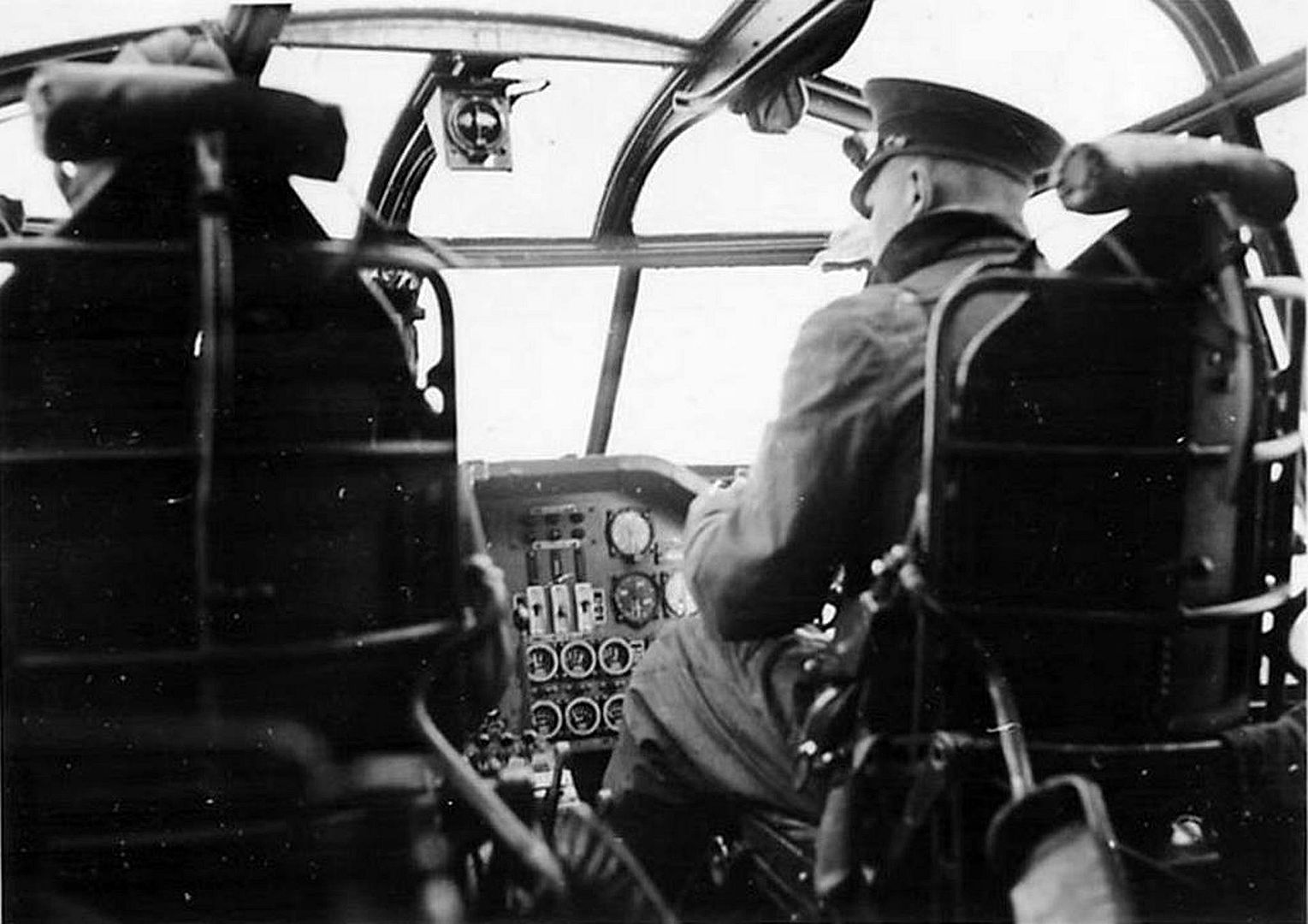
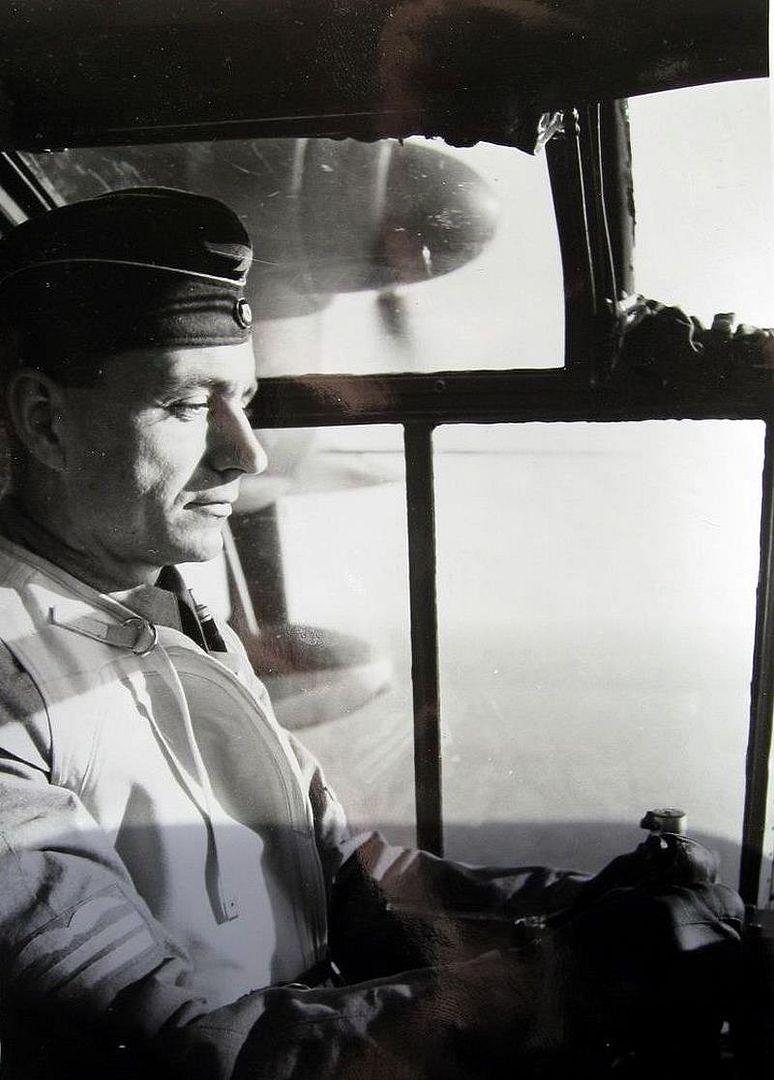

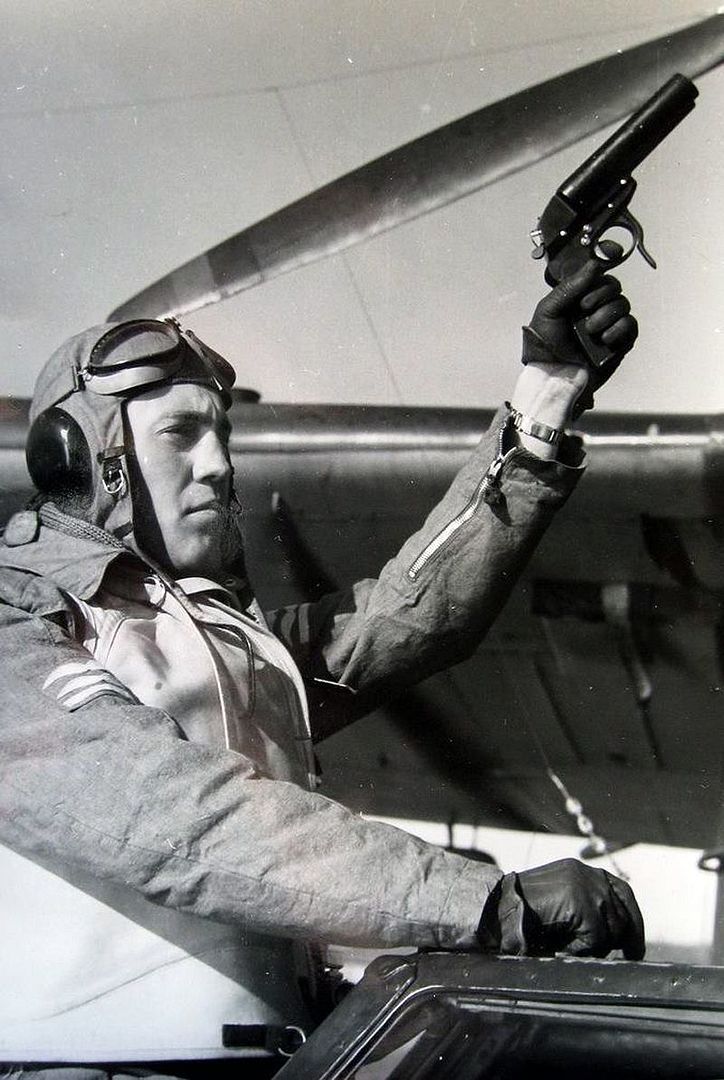
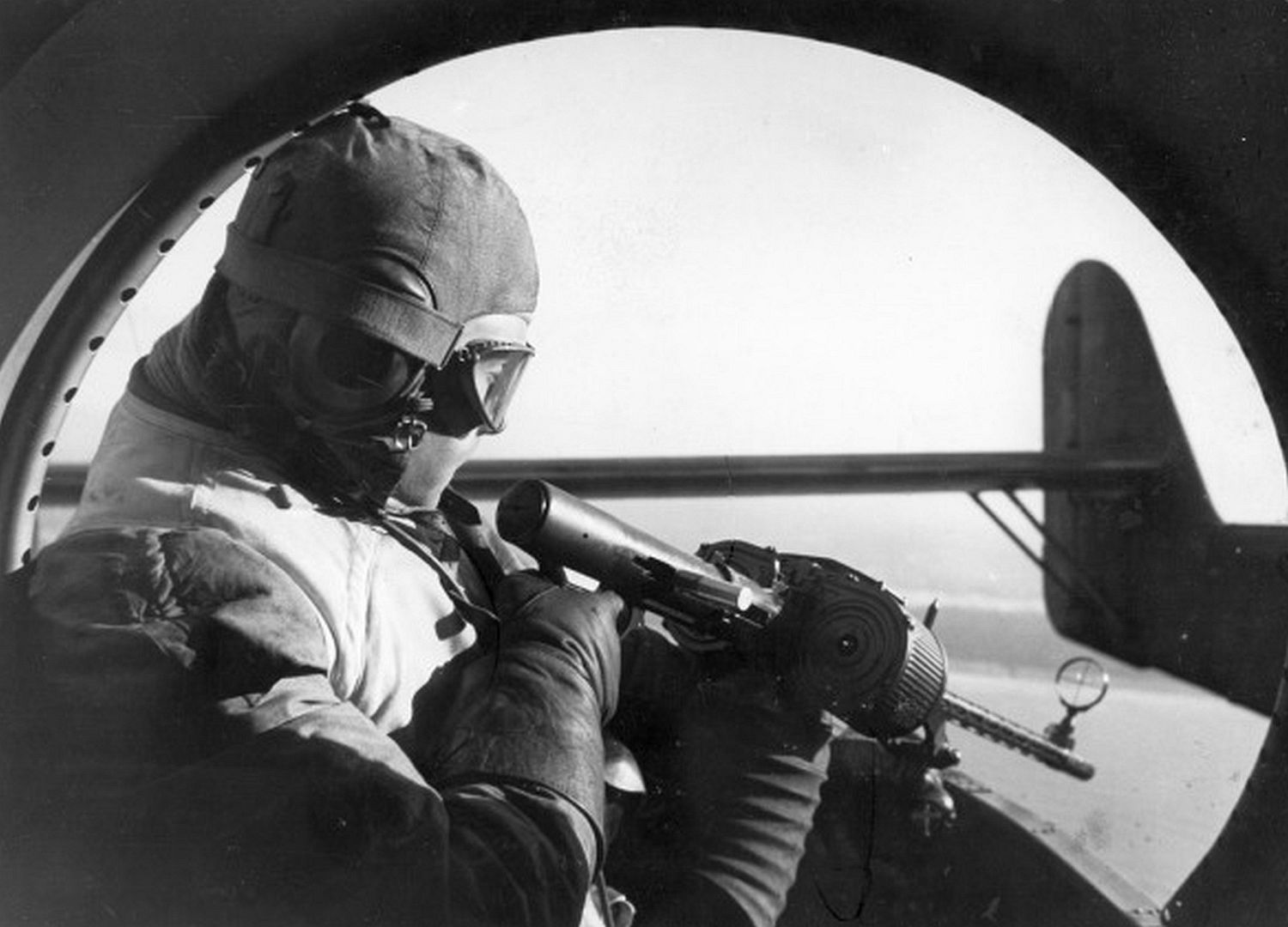
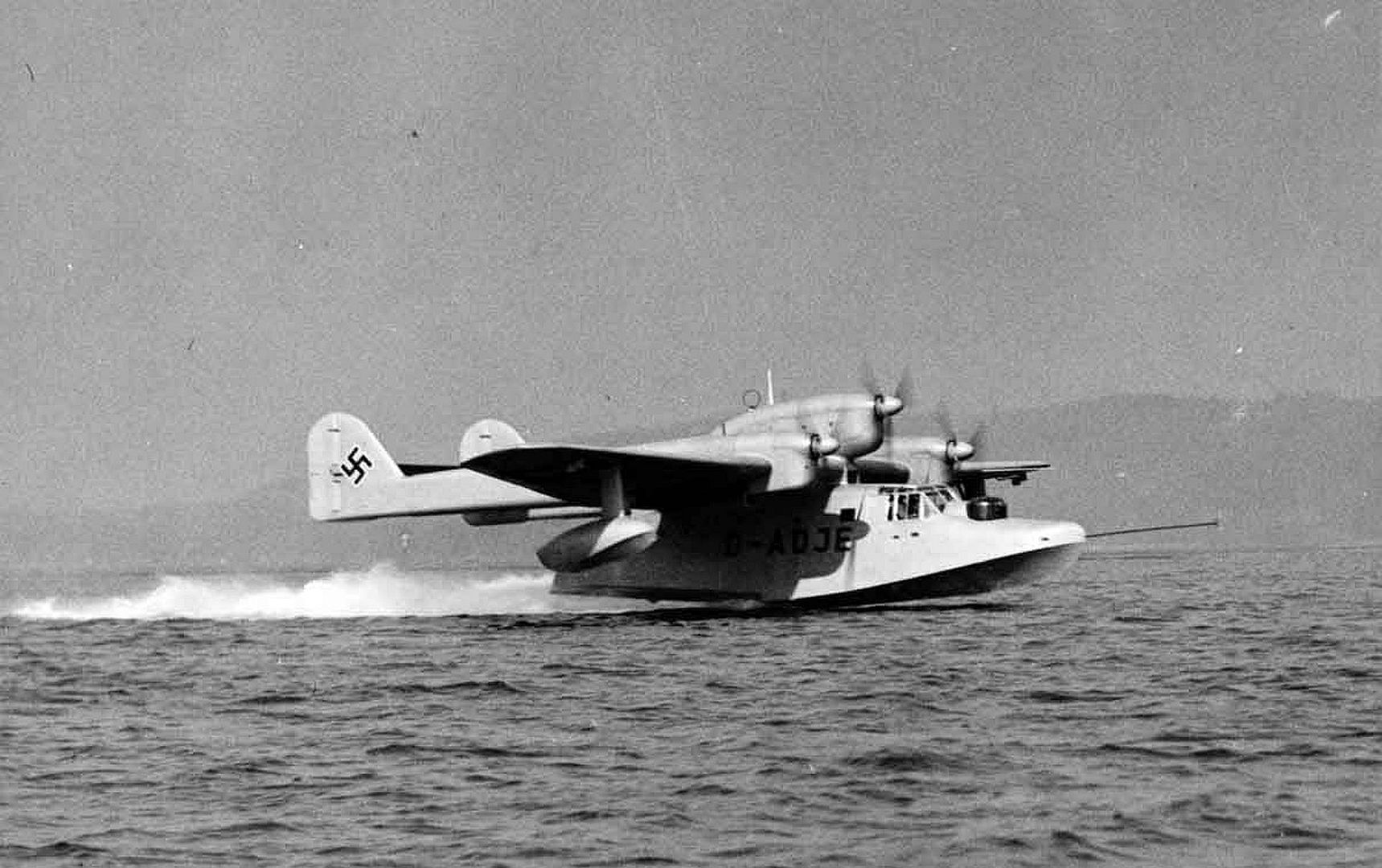
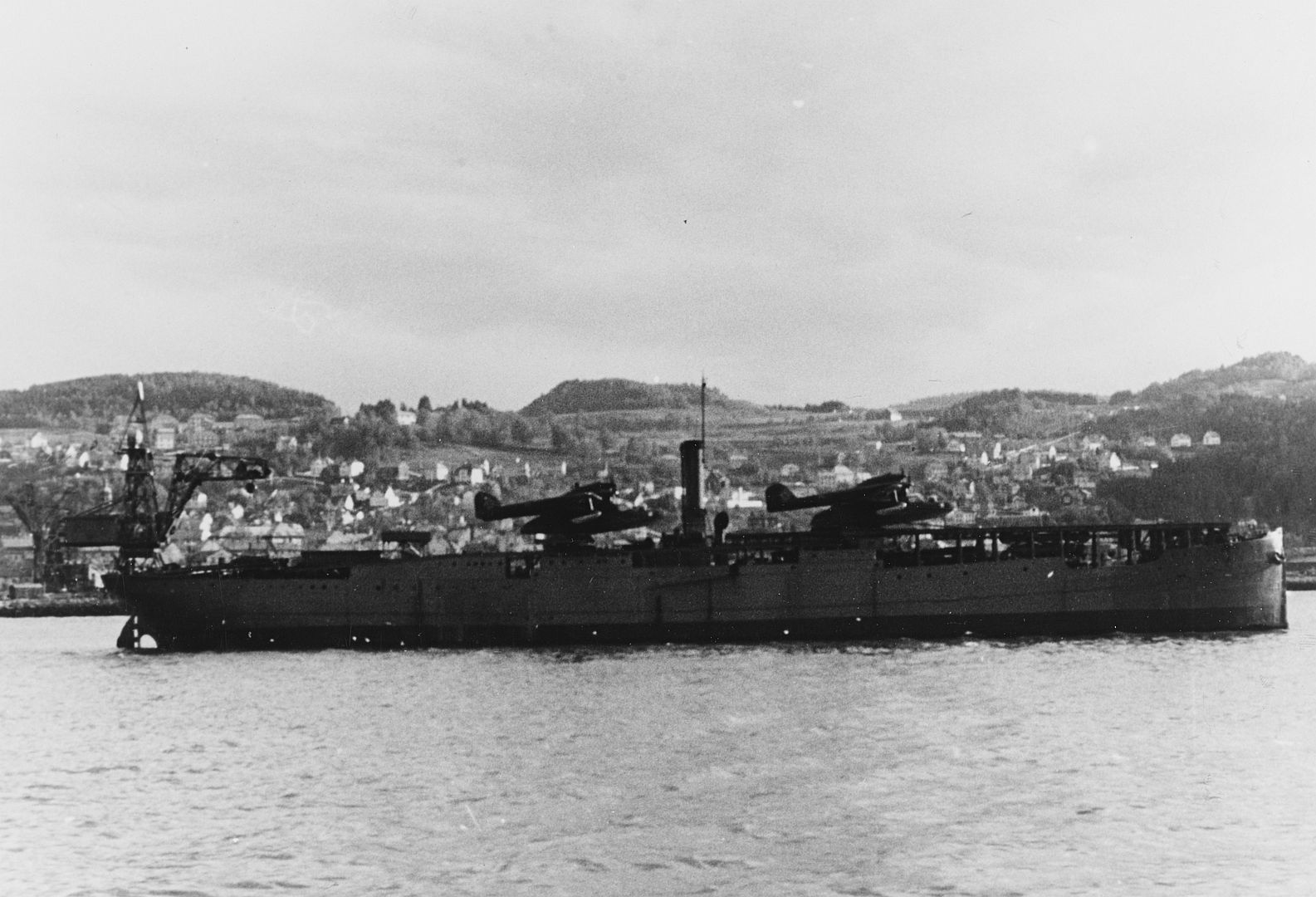
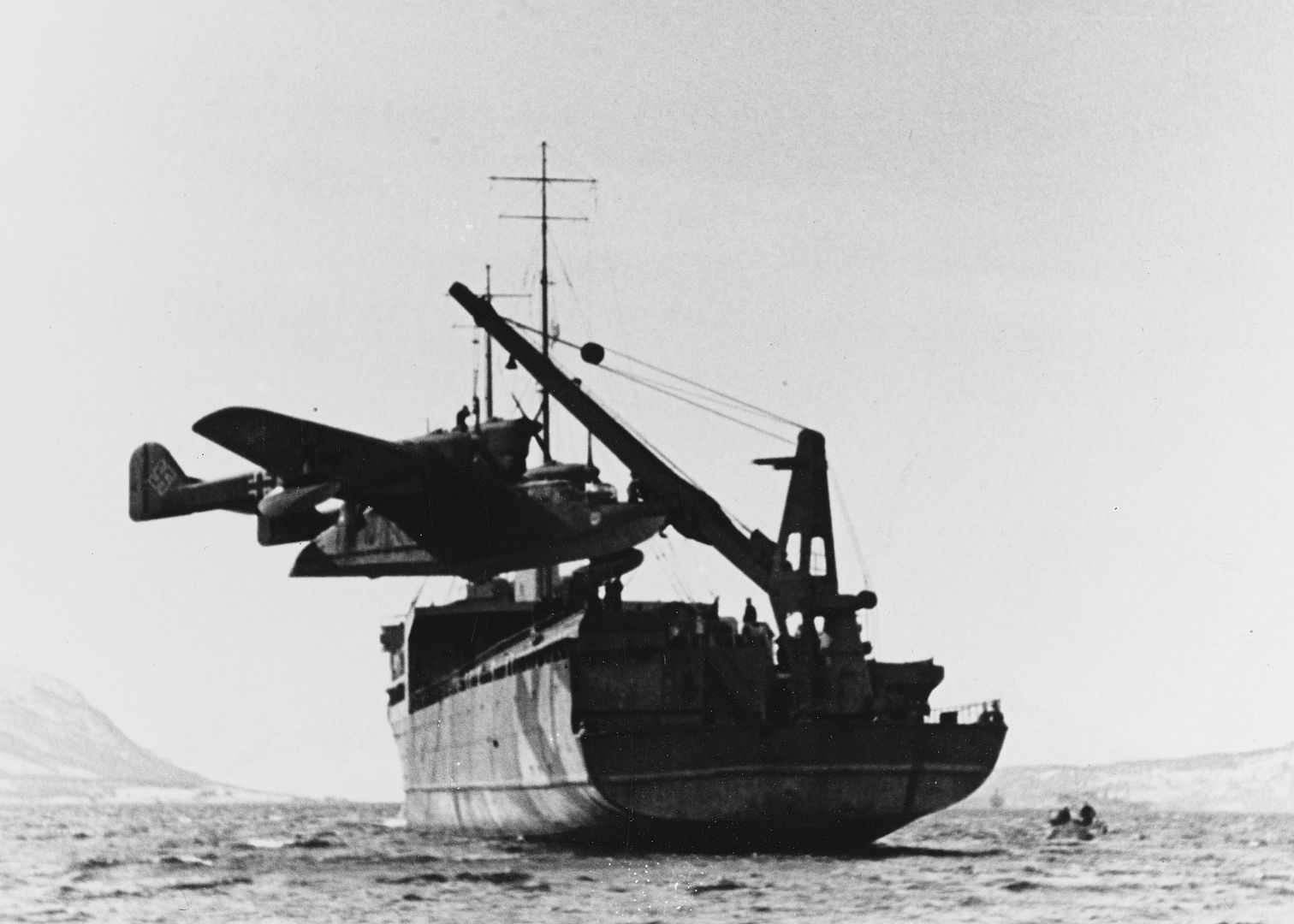
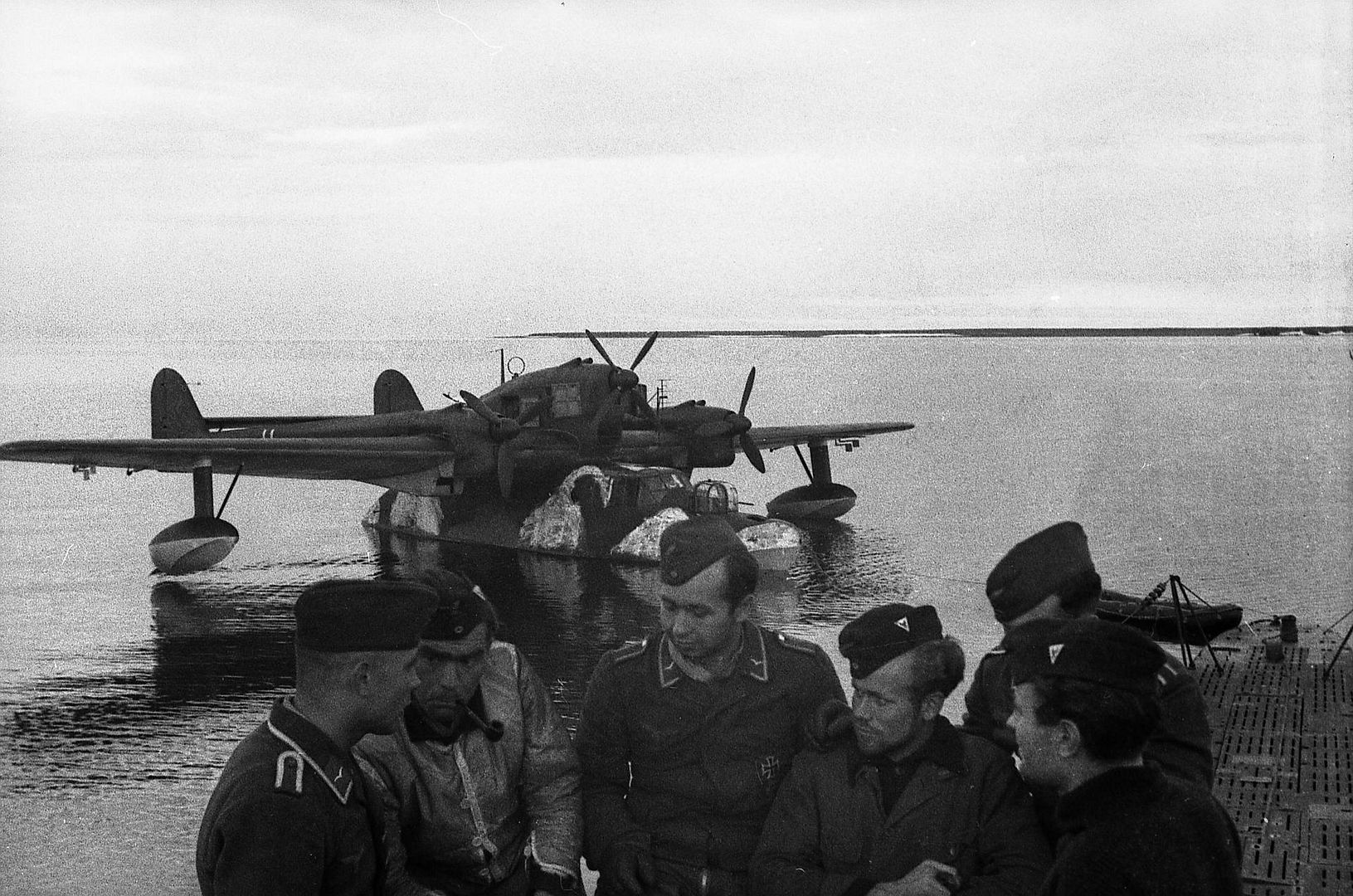
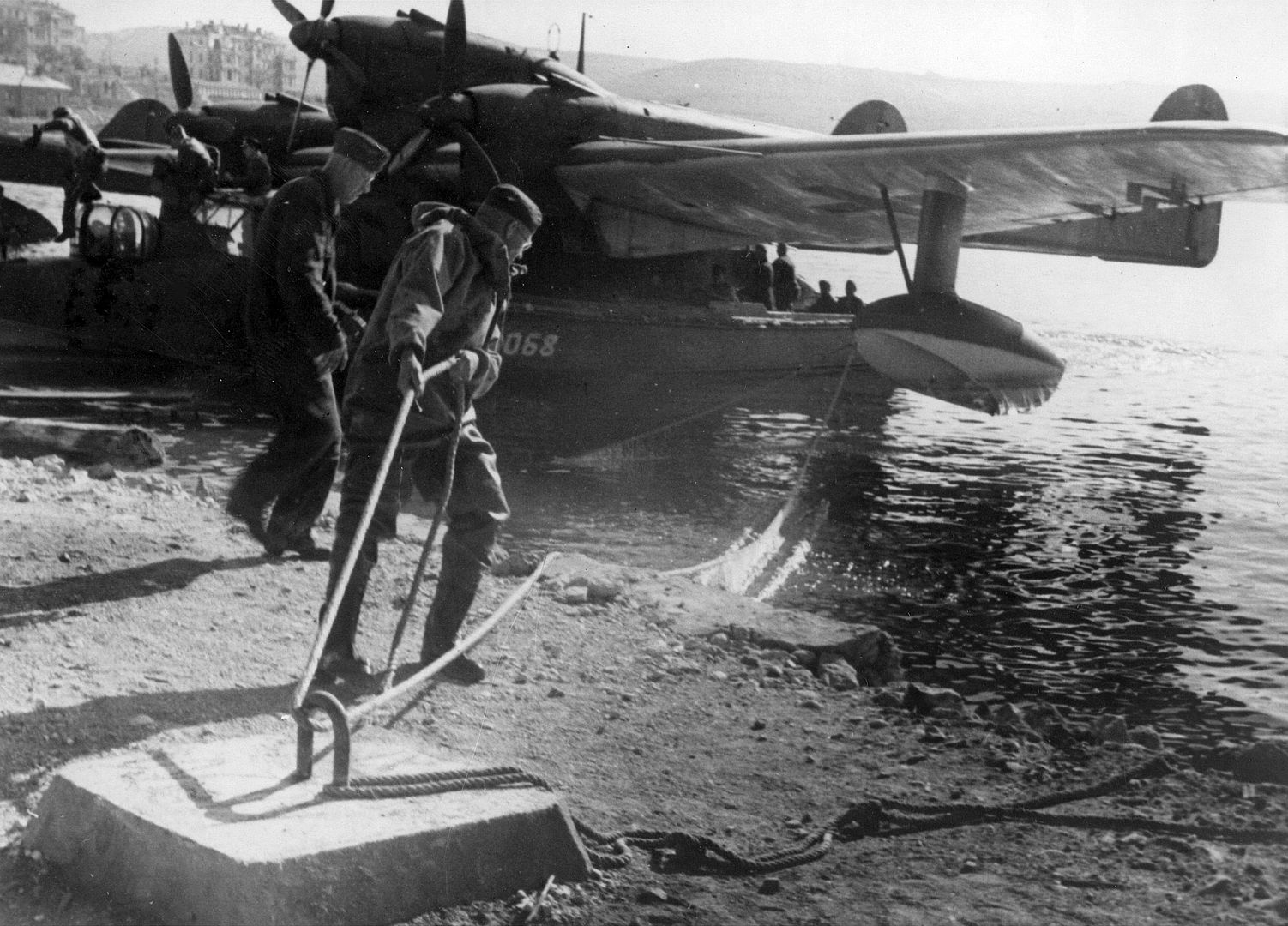
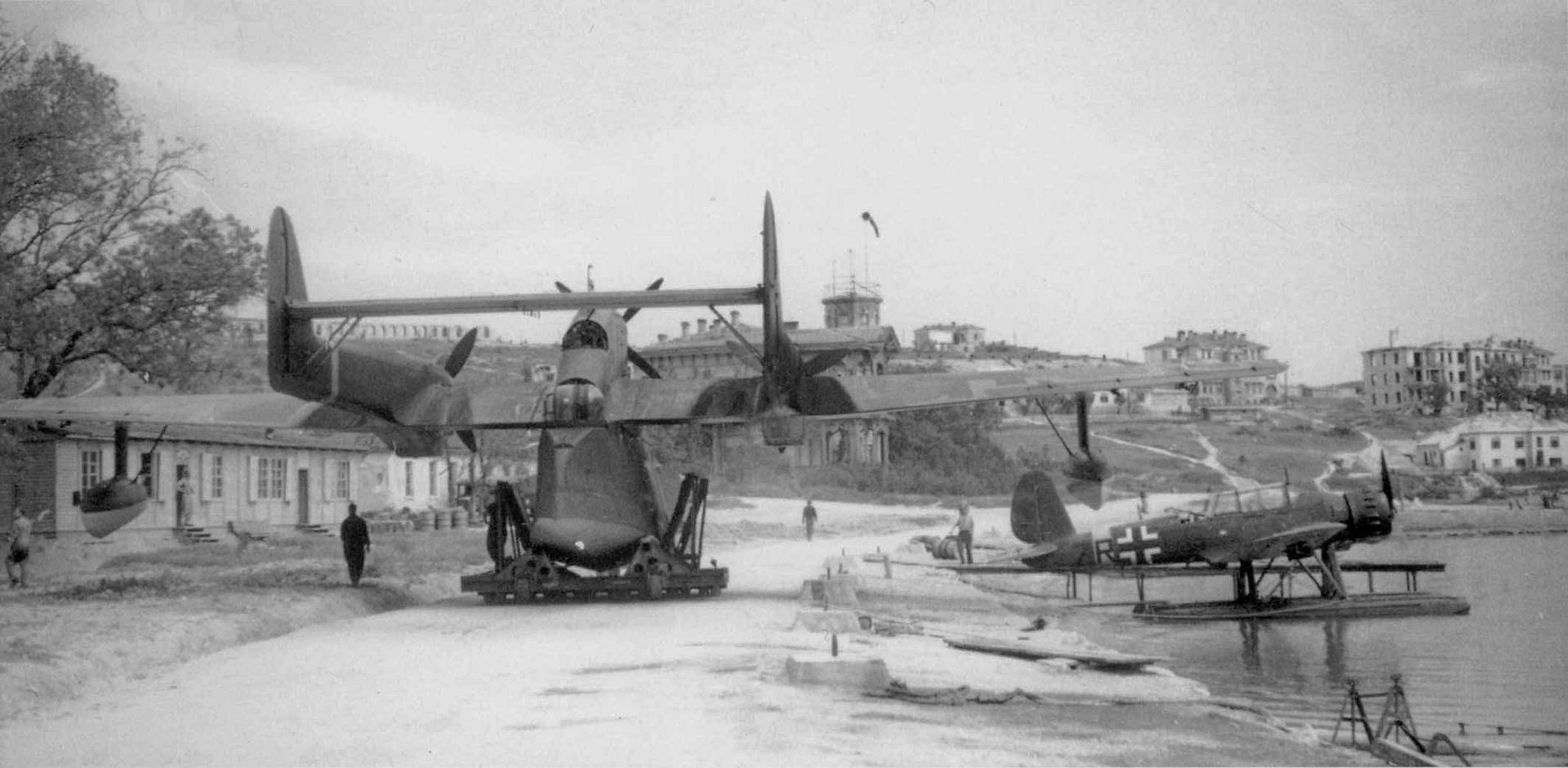
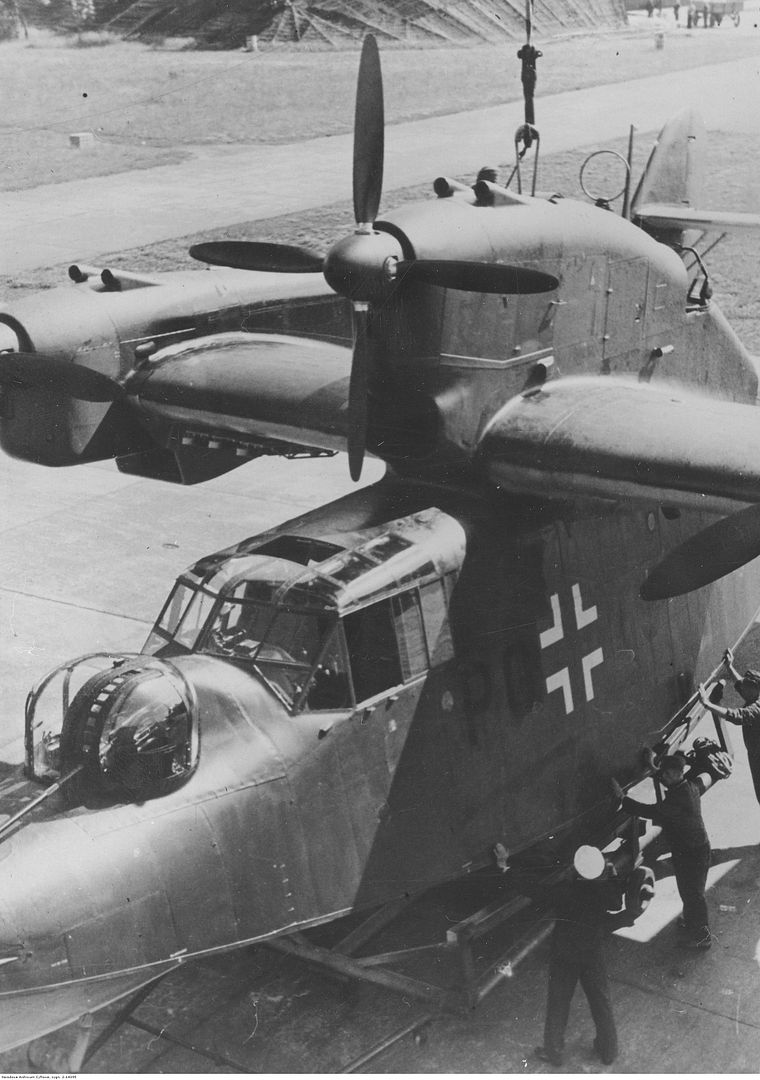
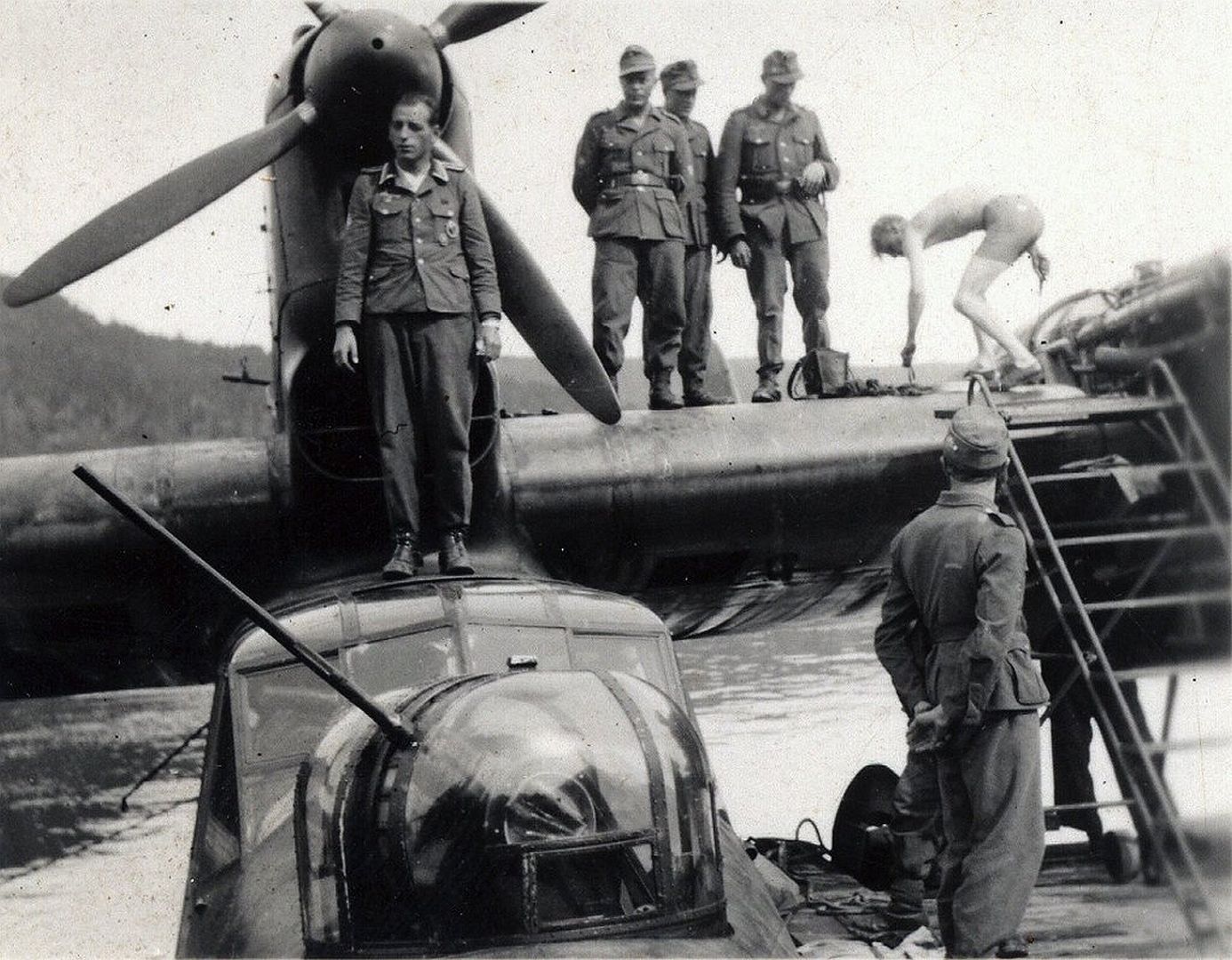
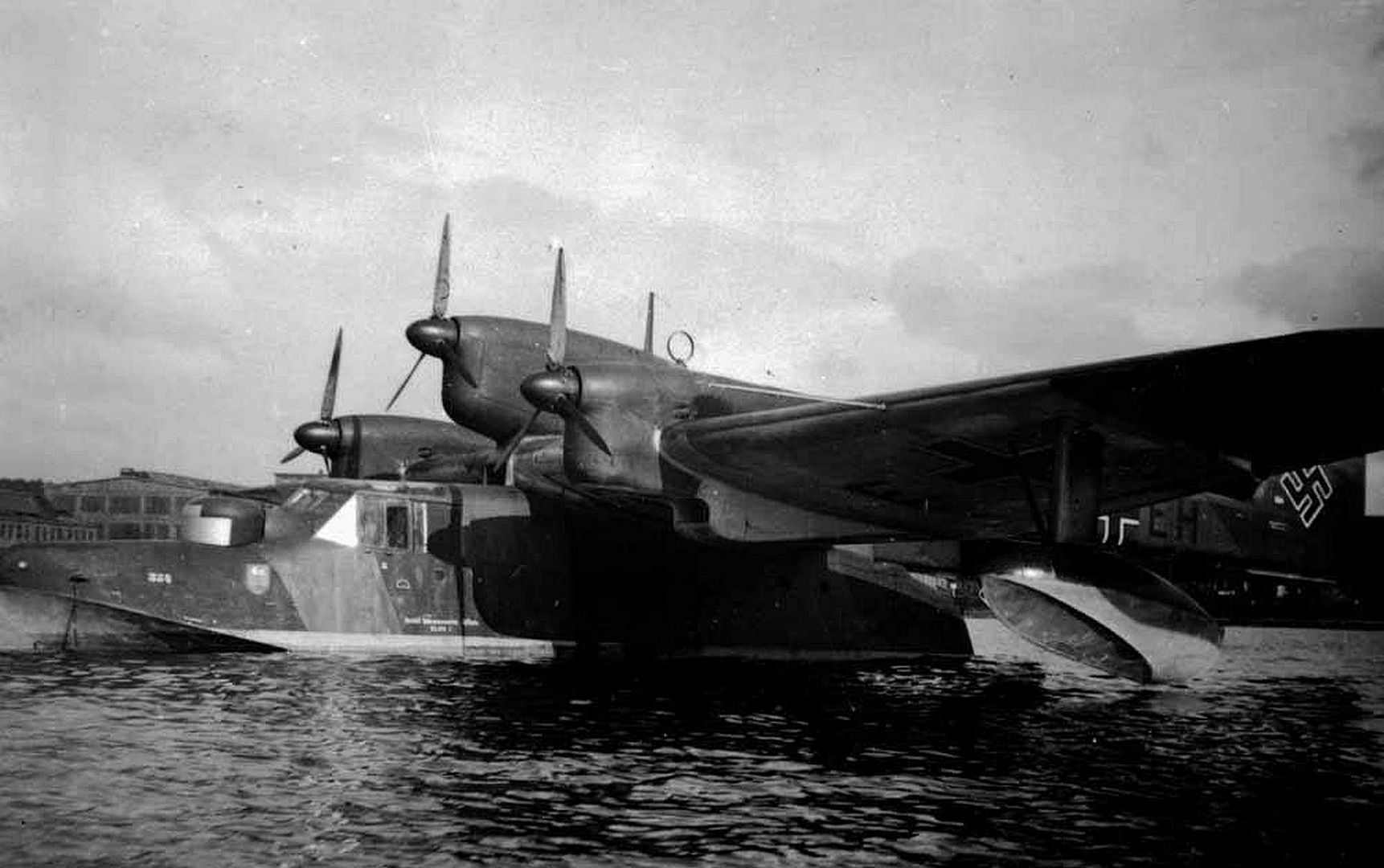
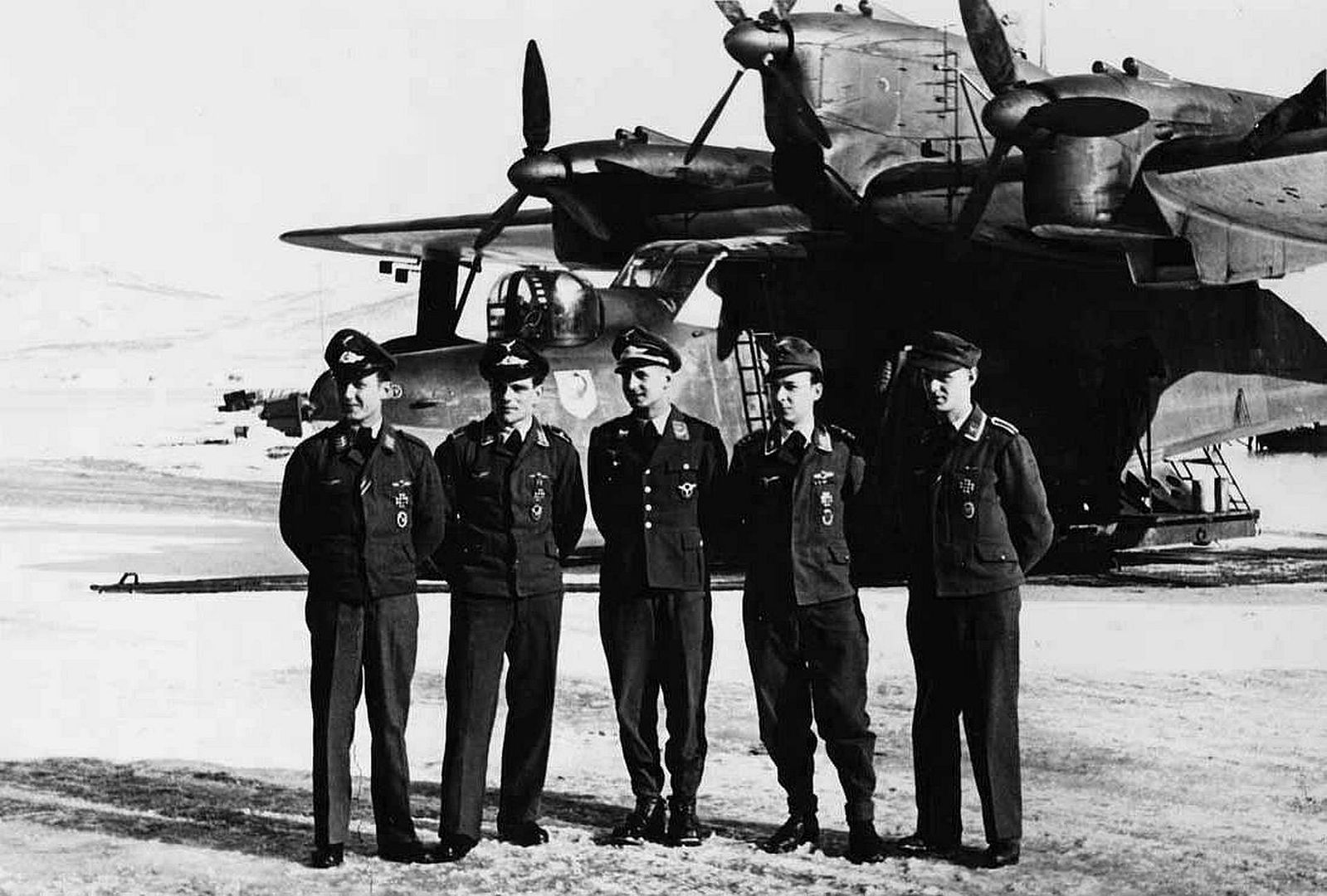
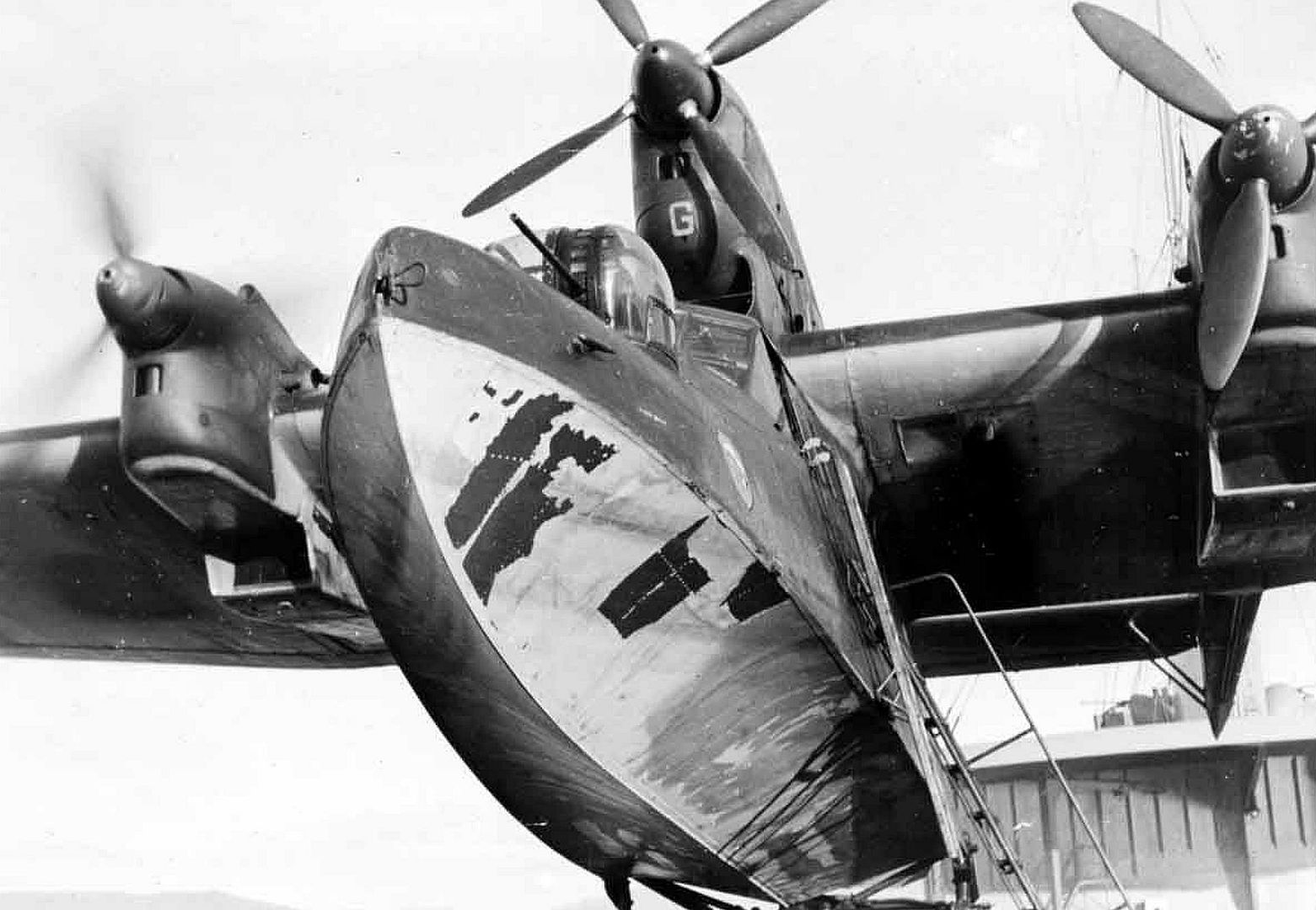
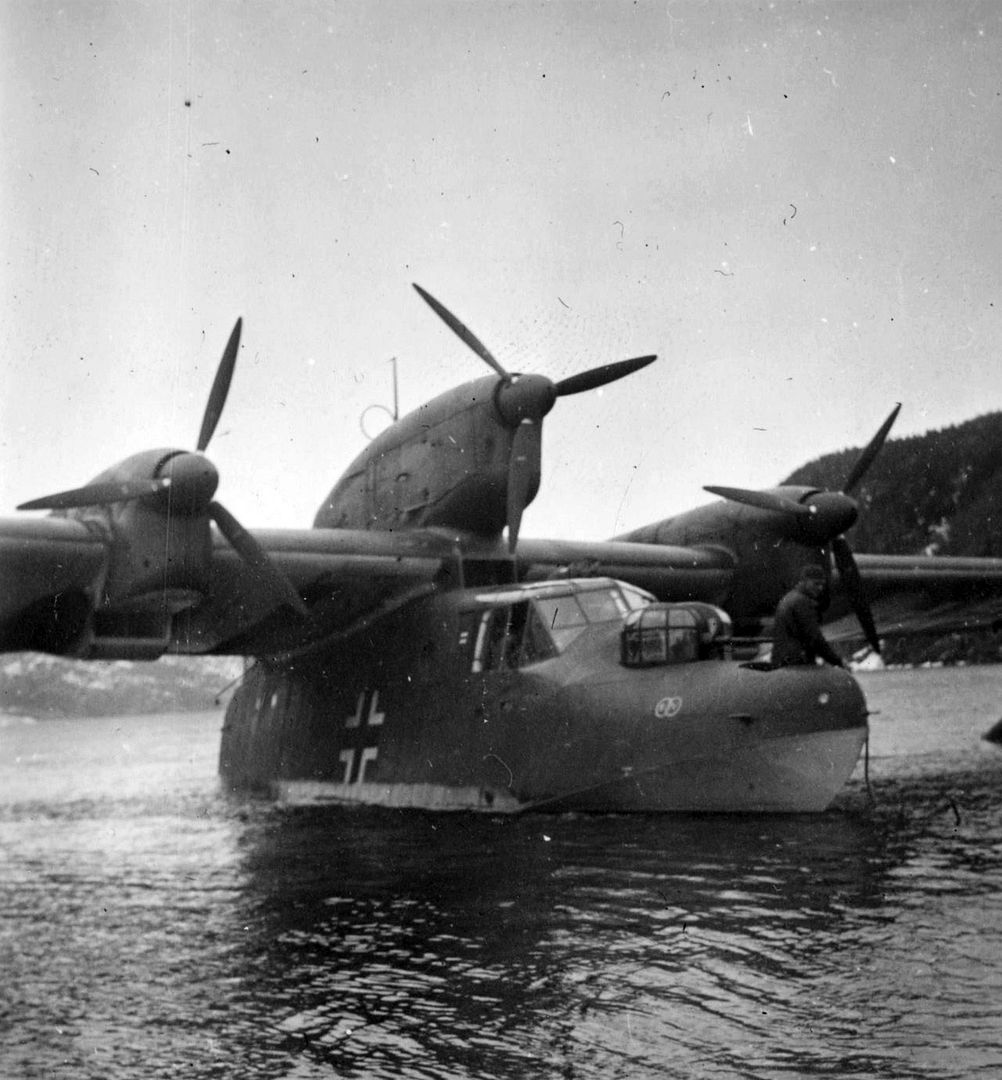
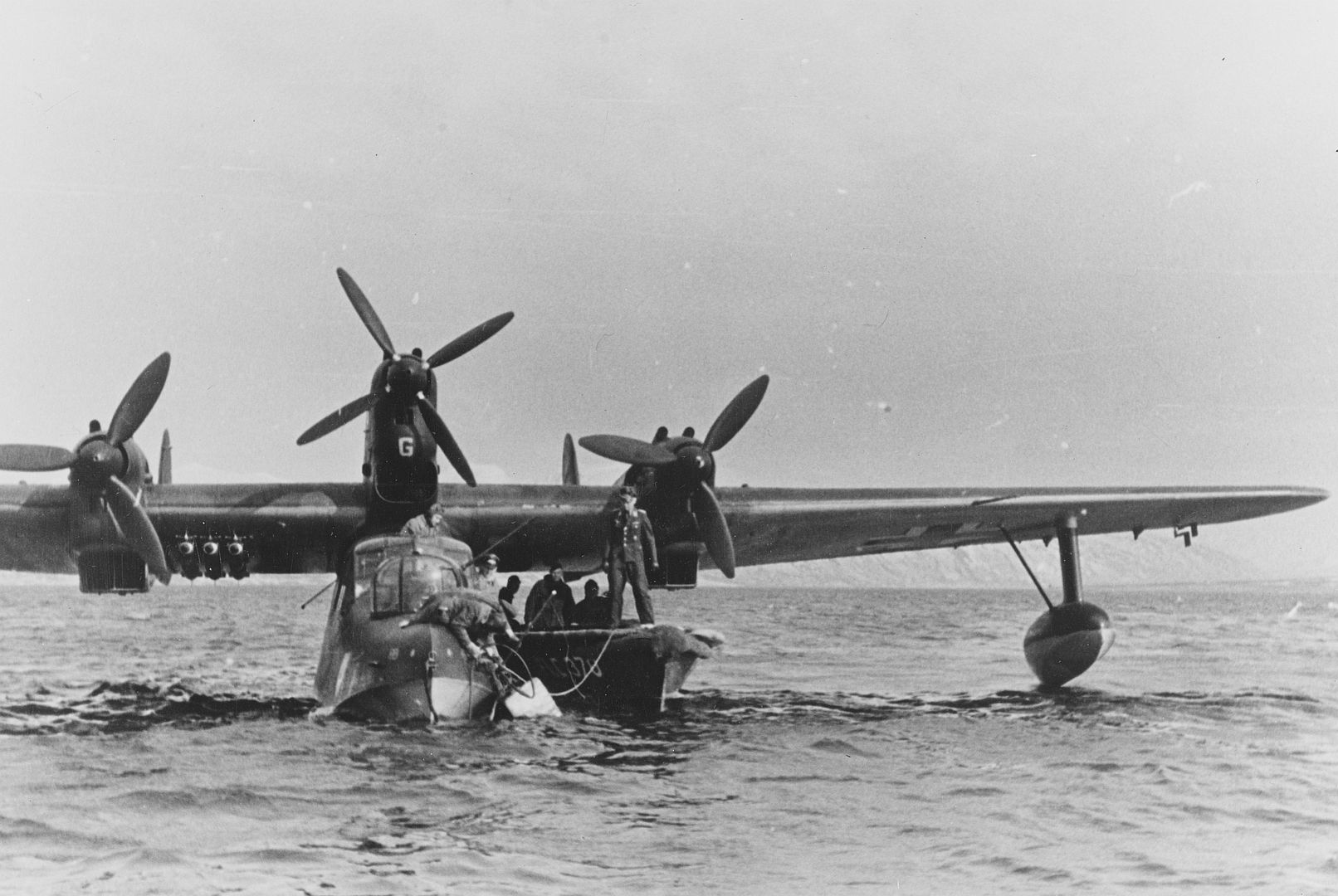
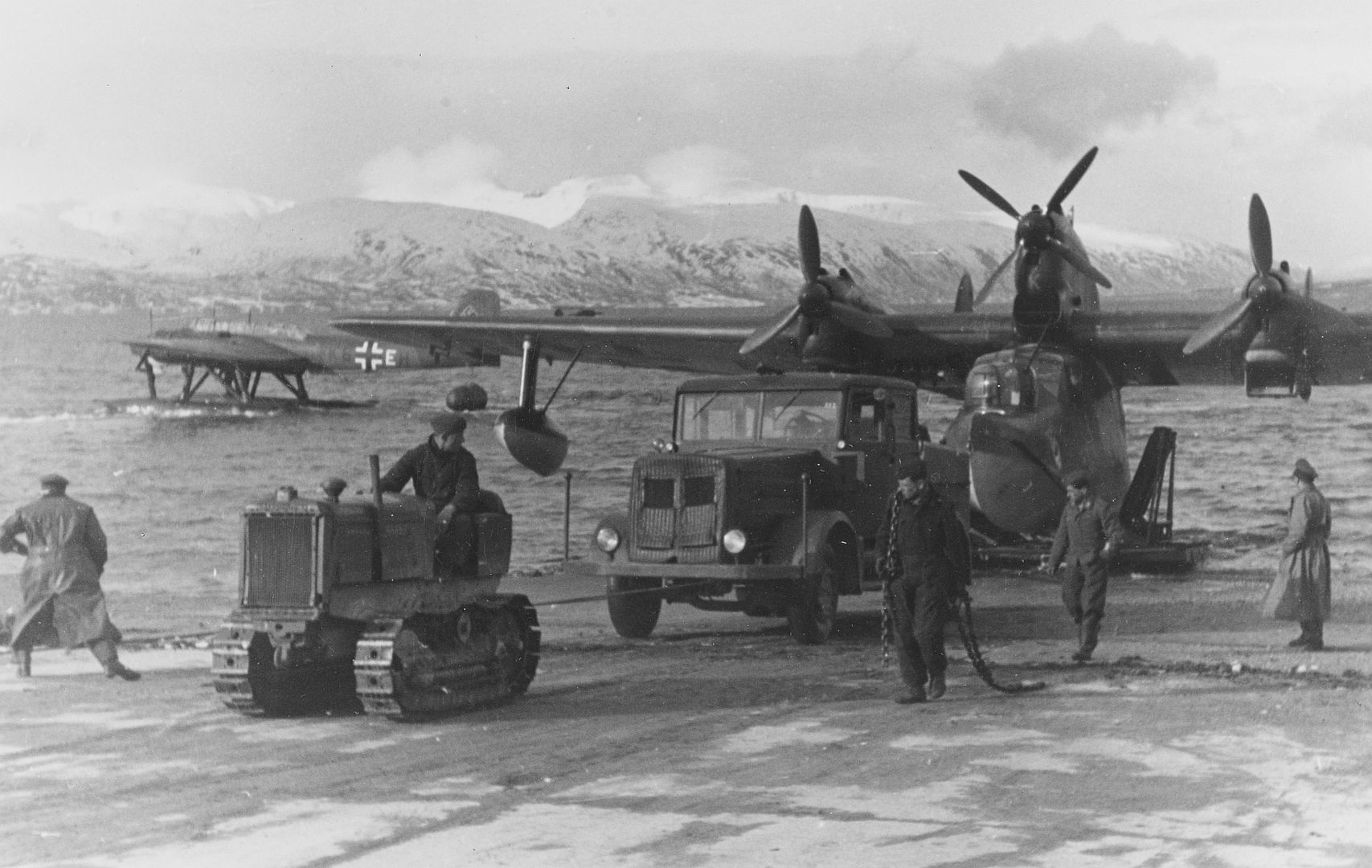
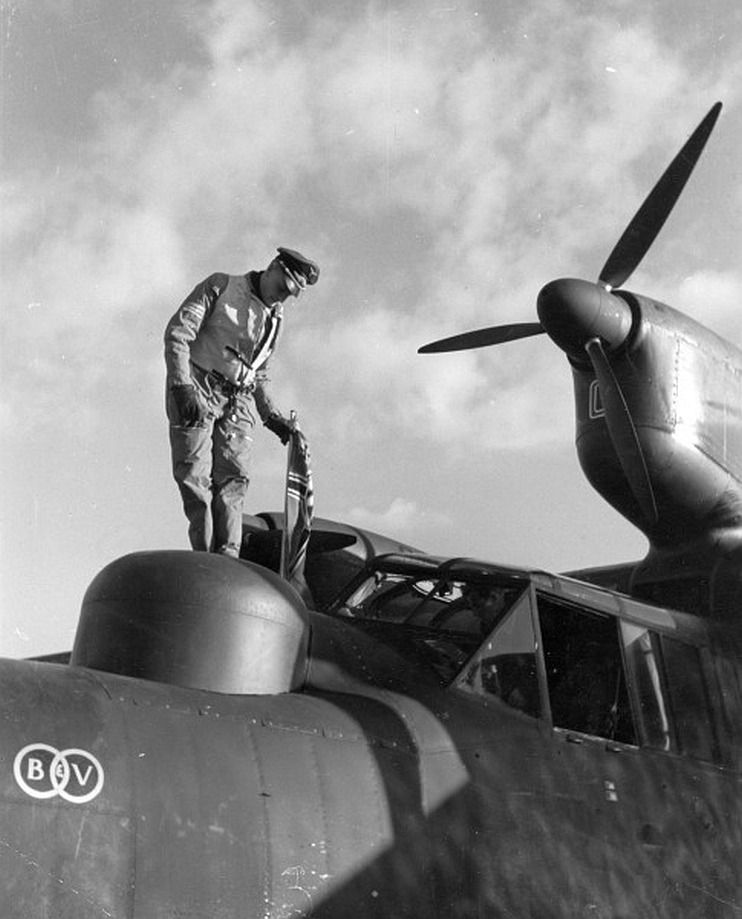
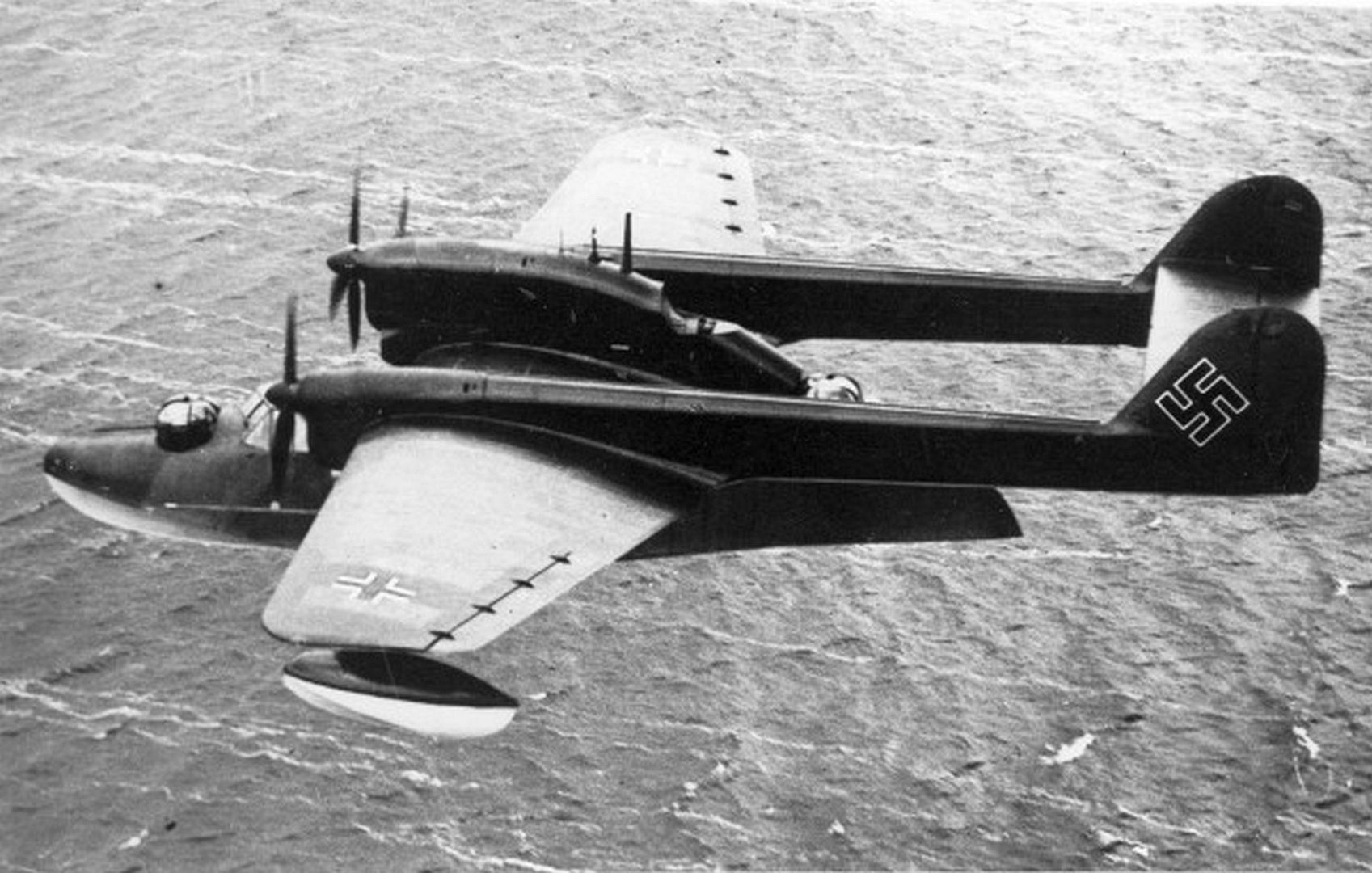
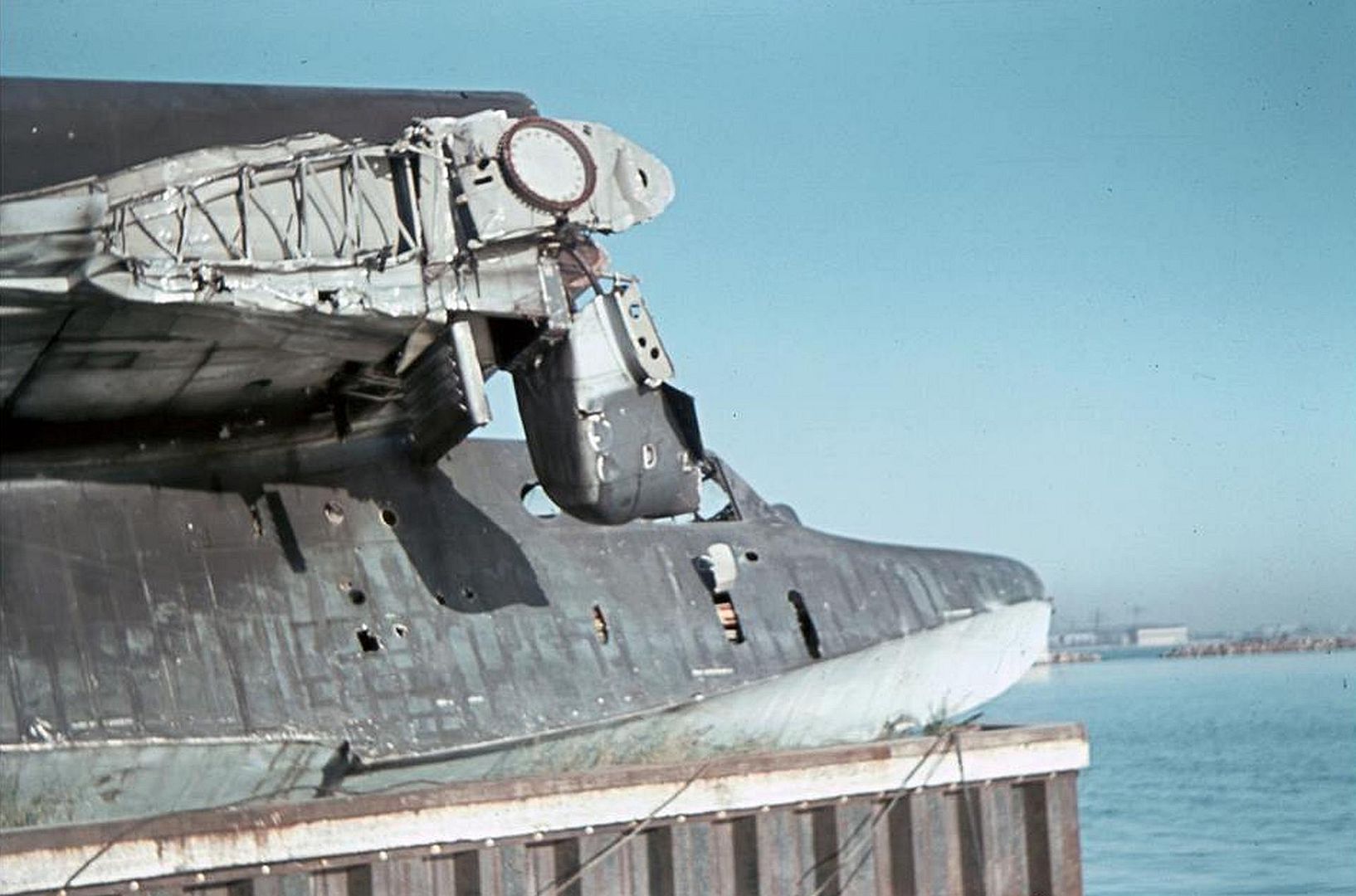

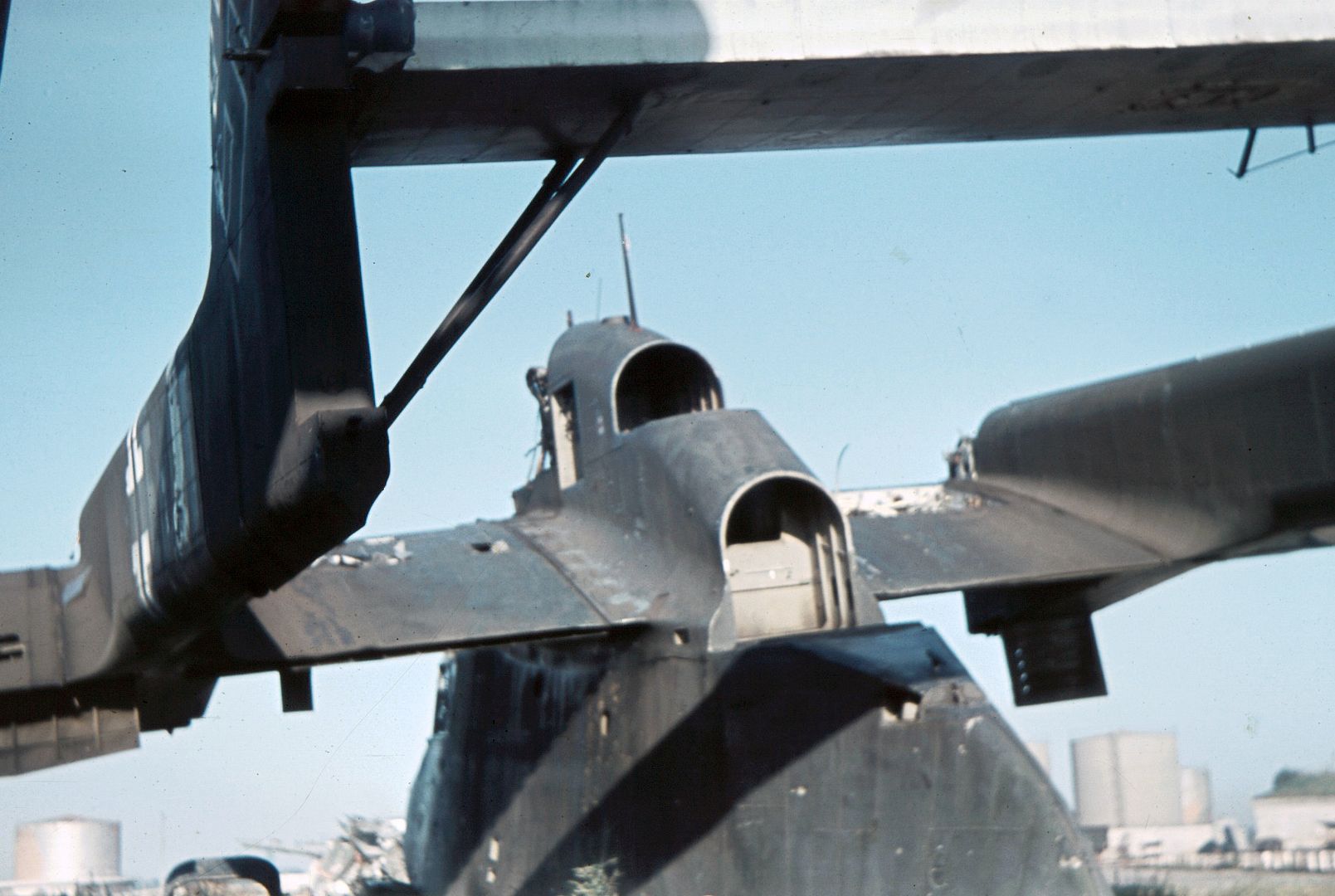
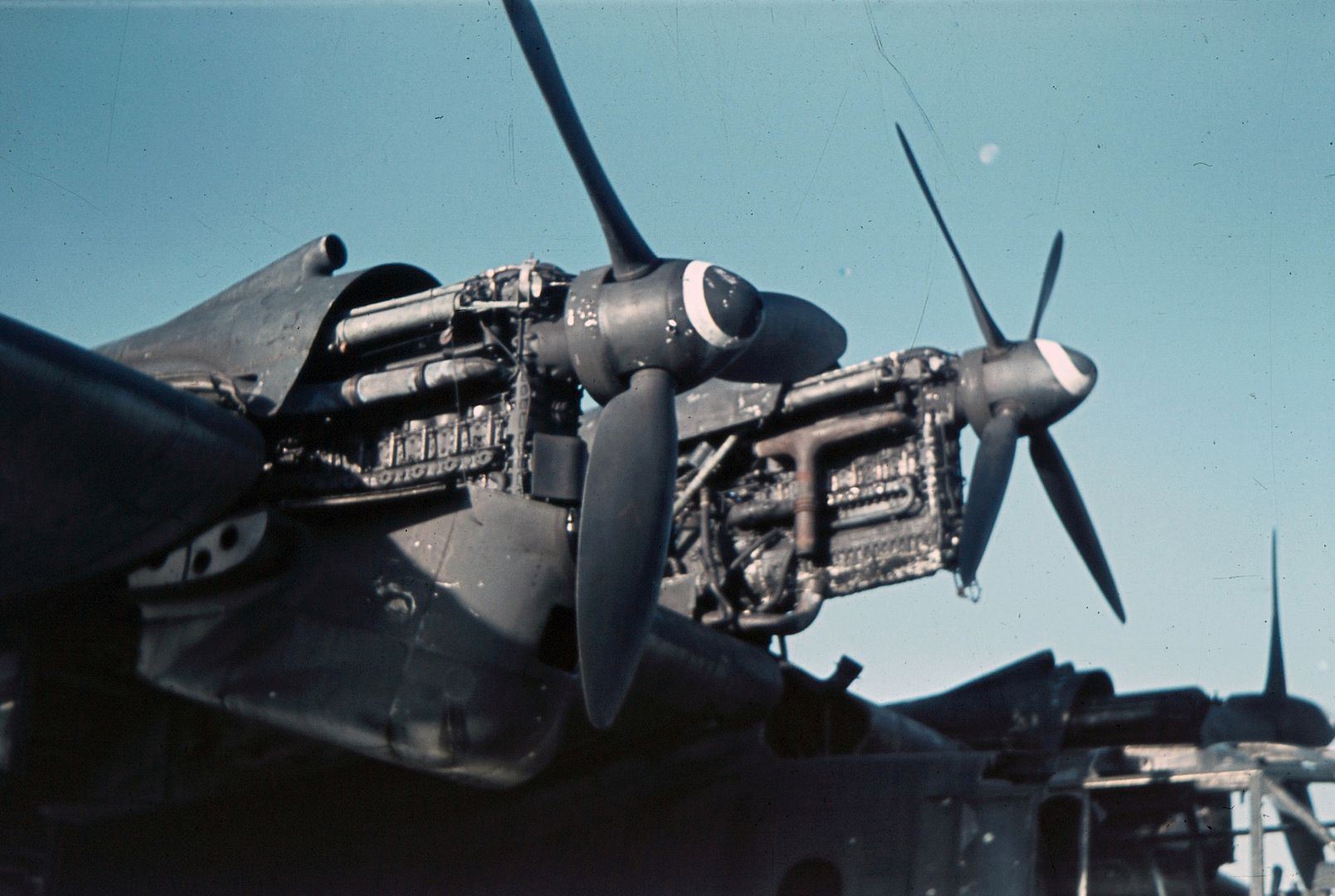
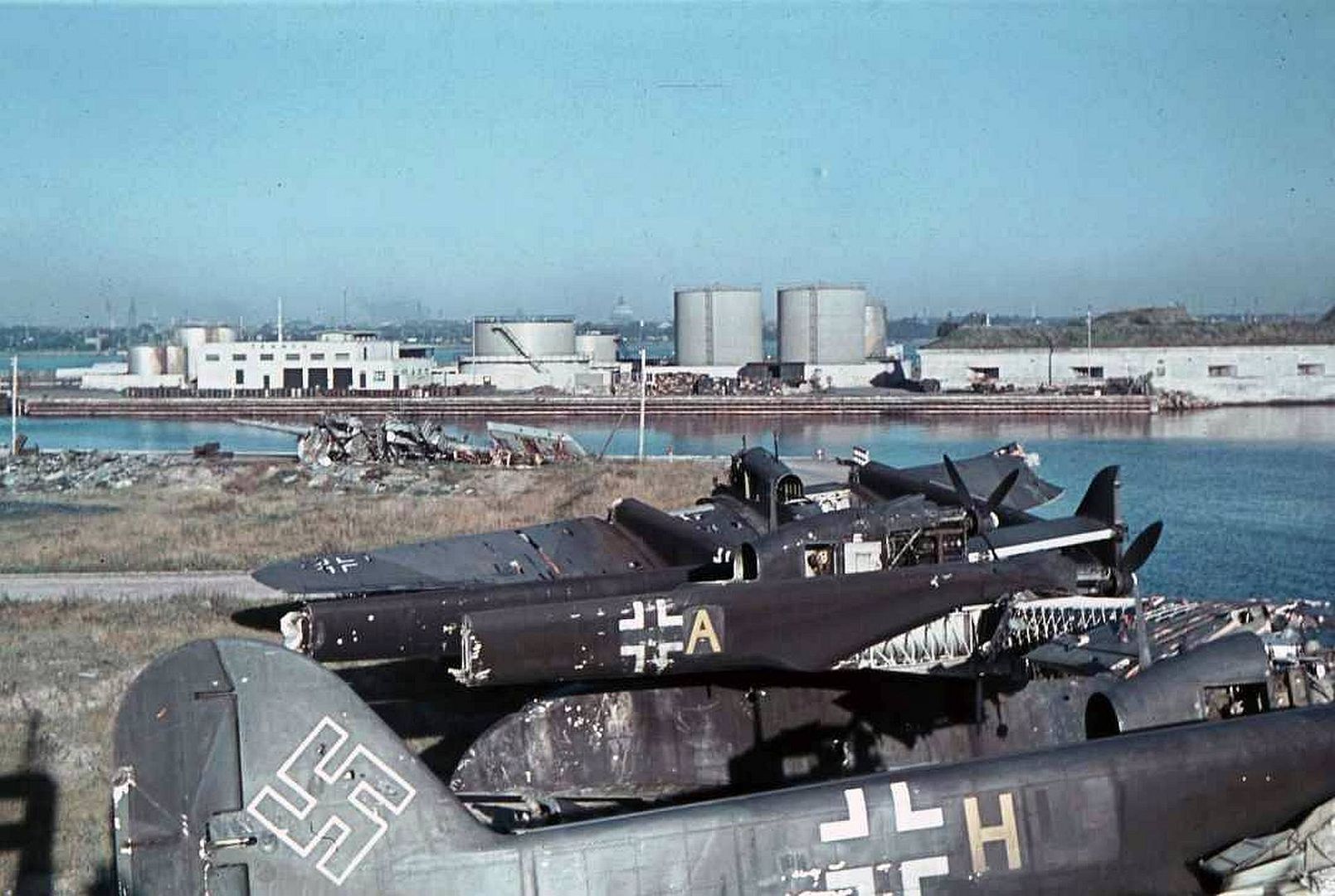
.jpg?width=1920&height=1080&fit=bounds)
Specifications (BV 138 C-1)
General characteristics
Crew: 6 (pilot, navigator, radio operator, nose-gunner, rear-gunner, upper-rear gunner)
Capacity: up to 10 passengers
Length: 19.85 m (65 ft 1 in)
Wingspan: 26.94 m (88 ft 5 in)
Height: 5.9 m (19 ft 4 in)
Wing area: 112 m2 (1,210 sq ft)
Empty weight: 11,770 kg (25,948 lb)
Gross weight: 14,500 kg (31,967 lb)
Max takeoff weight: 17,650 kg (38,912 lb)
Fuel capacity: 3,750 l (990 US gal; 820 imp gal) maximum internal fuel
Powerplant: 3 × Junkers Jumo 205D 6-cylinder liqiuid-cooled opposed piston diesel engines, 656 kW (880 hp) each for take-off
Propellers: 3-bladed constant-speed propellers
Performance
Maximum speed: 285 km/h (177 mph, 154 kn) at sea level at 14,000 kg (30,865 lb) at sea level
Cruise speed: 235 km/h (146 mph, 127 kn) at 1,000 m (3,281 ft)
Range: 1,220 km (760 mi, 660 nmi) at 195 km/h (121 mph; 105 kn)
Ferry range: 4,300 km (2,700 mi, 2,300 nmi) with max fuel
Endurance: 6 hours 30 minutes normal; 18 hours maximum
Service ceiling: 5,000 m (16,000 ft) at 14,500 kg (31,967 lb)
2,800 m (9,186 ft) at 17,650 kg (38,912 lb)
Rate of climb: 3.67 m/s (722 ft/min)
Time to altitude: 3,170 m (10,400 ft) in 24 minutes
Wing loading: 114.2 kg/m2 (23.4 lb/sq ft)
Power/mass: 0.106 kW/kg (0.064 hp/lb)
Armament
Guns:
2 × 20 mm (0.787 in) MG 151 cannon, one in a nose turret and one in the rear fuselage covering upper rear area
1 × 13 mm (0.512 in) MG 131 machine gun in open position behind the central engine, covering the top rear area
1–3 × 7.92 mm (0.312 in) MG 15 machine guns (optional)
Bombs: :* up to 6 × 50 kg (110.2 lb) bombs or 4 × 150 kg (330.7 lb) depth charges under starboard wing root only (optional)
Post a reply
- Go to Previous topic
- Go to Next topic
- Go to Welcome
- Go to Introduce Yourself
- Go to General Discussion
- Go to Screenshots, Images and Videos
- Go to Off topic
- Go to Works in Progress
- Go to Skinning Tips / Tutorials
- Go to Skin Requests
- Go to IJAAF Library
- Go to Luftwaffe Library
- Go to RAF Library
- Go to USAAF / USN Library
- Go to Misc Library
- Go to The Ops Room
- Go to Made in Germany
- Go to Campaigns and Missions
- Go to Works in Progress
- Go to Juri's Air-Raid Shelter
- Go to Campaigns and Missions
- Go to Works in Progress
- Go to Skinpacks
- Go to External Projects Discussion
- Go to Books & Resources
